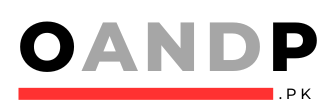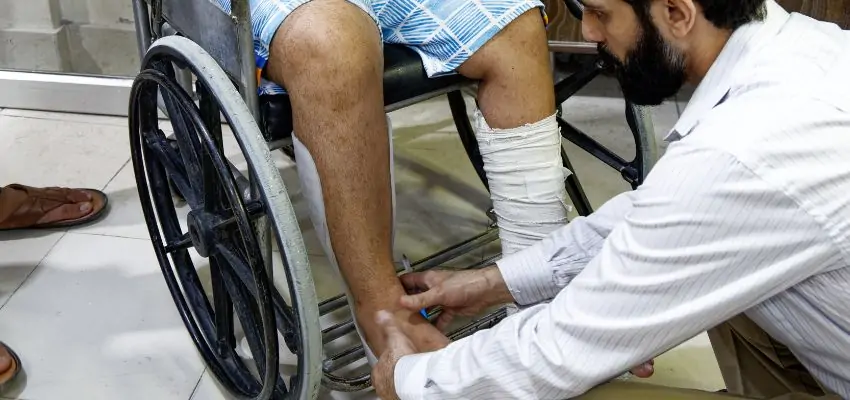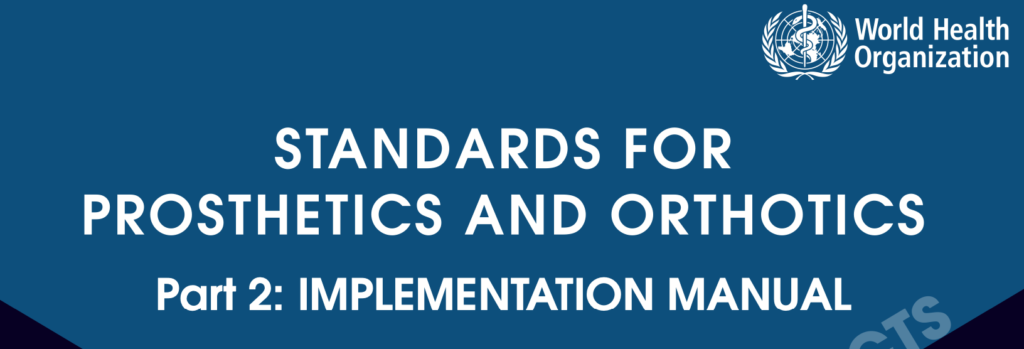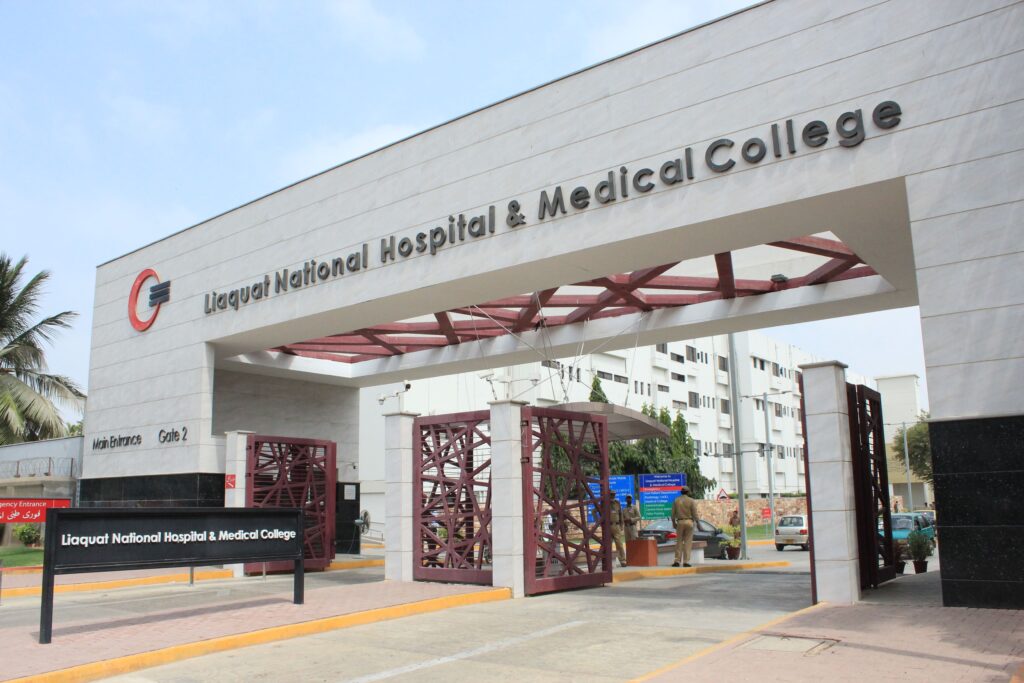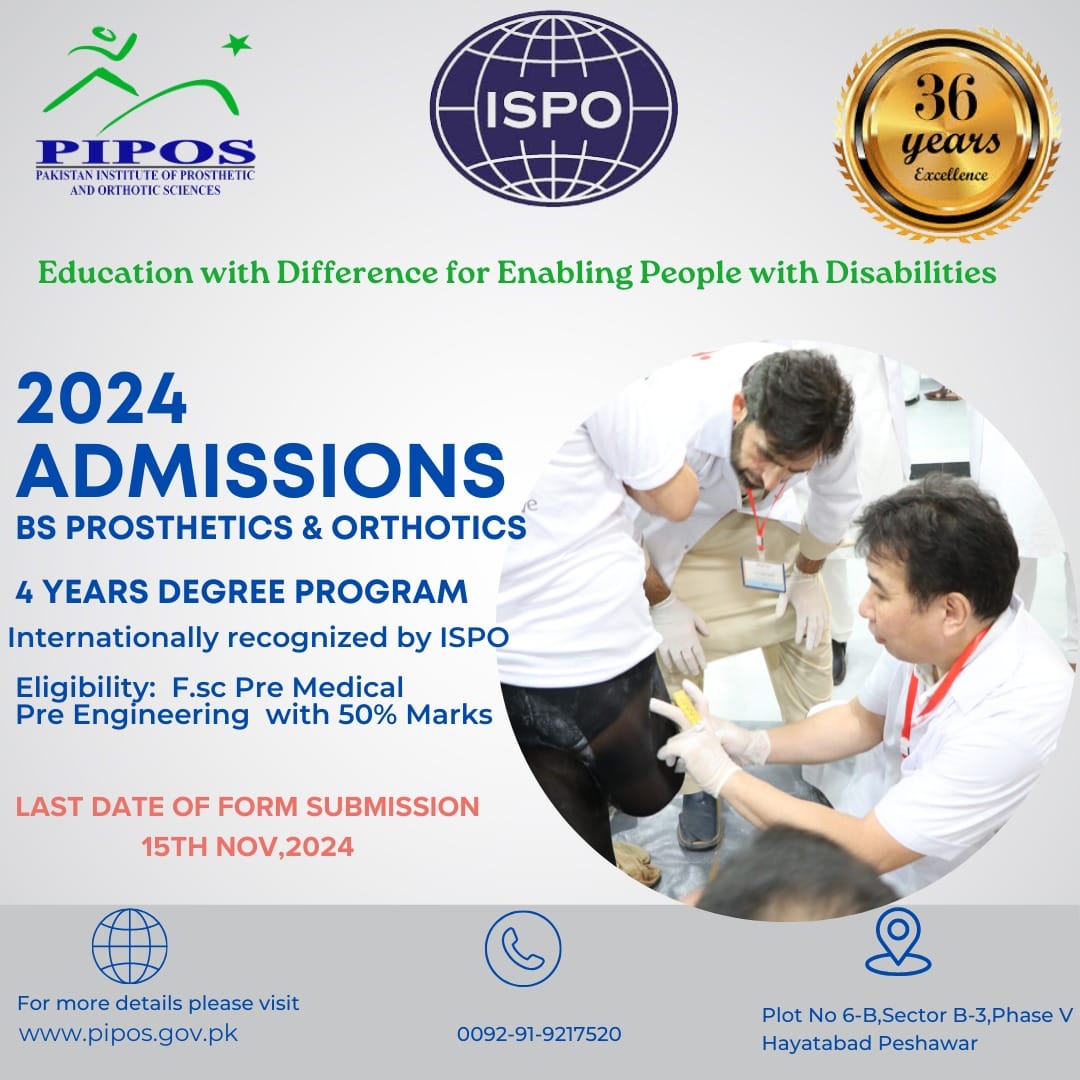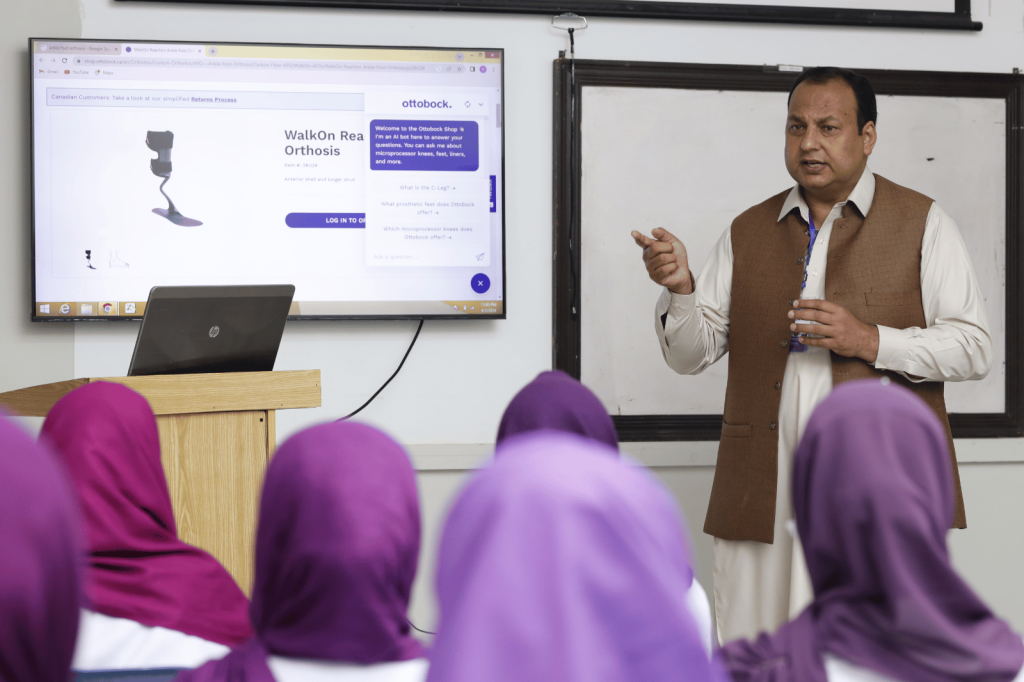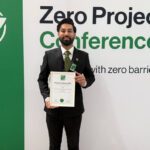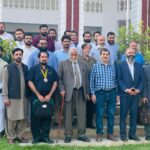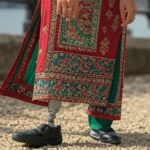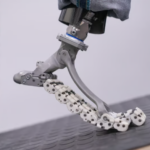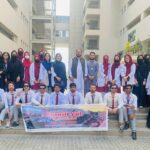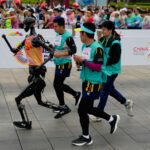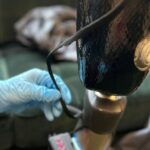Now Reading: The 2005 Earthquake Pakistan: A Wake-Up Call for Orthotics Prosthetics Education and services
-
01
The 2005 Earthquake Pakistan: A Wake-Up Call for Orthotics Prosthetics Education and services
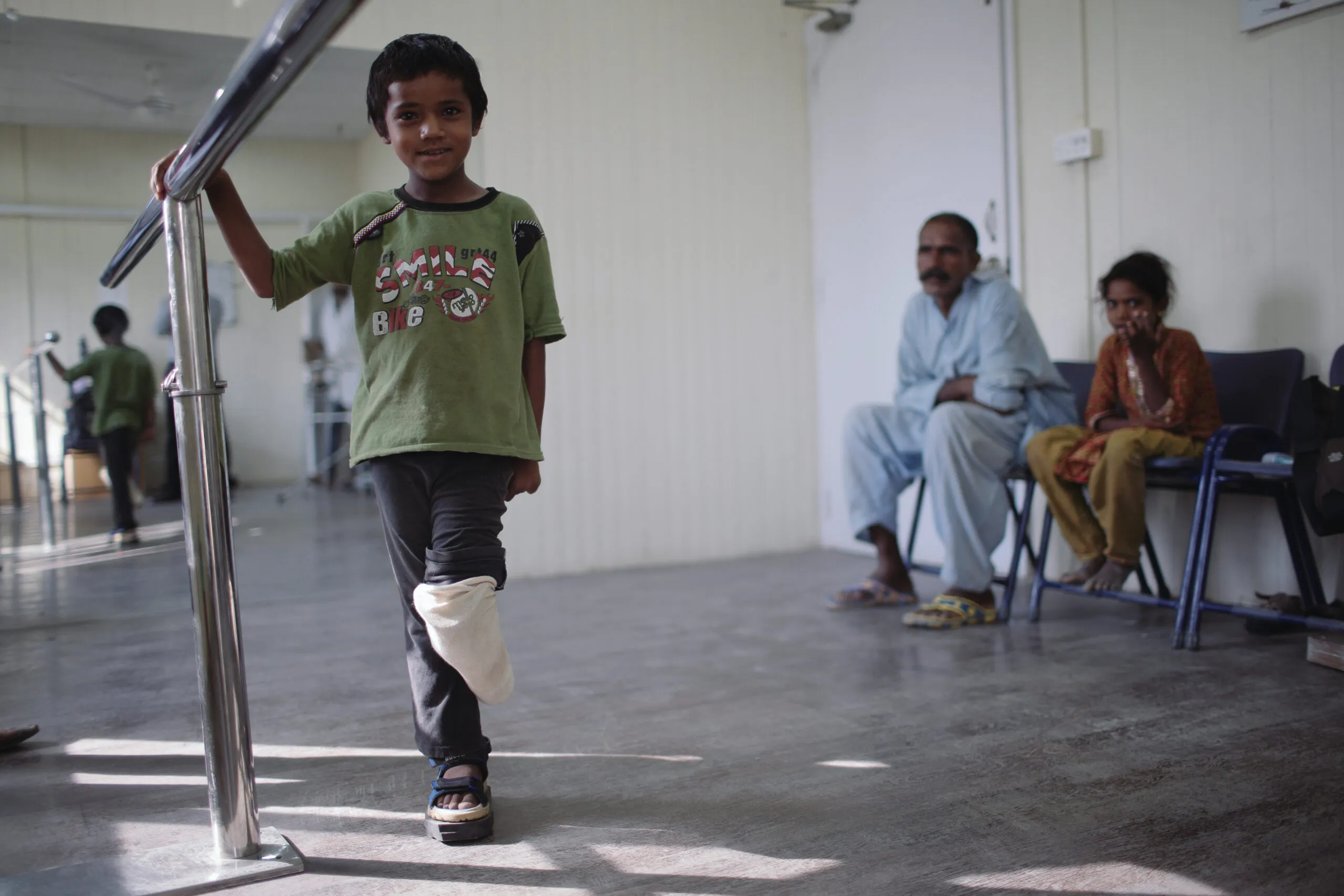
The 2005 Earthquake Pakistan: A Wake-Up Call for Orthotics Prosthetics Education and services
The field of orthotics and prosthetics (O&P) in Pakistan has undergone a significant transformation over the past two decades, evolving from a lesser-known discipline into a vital component of the country’s rehabilitation services. This specialized field, which focuses on the design, fabrication, and fitting of devices that support, align, or replace body parts, has steadily gained recognition, especially after the 2005 earthquake—a turning point in Pakistan’s healthcare system.
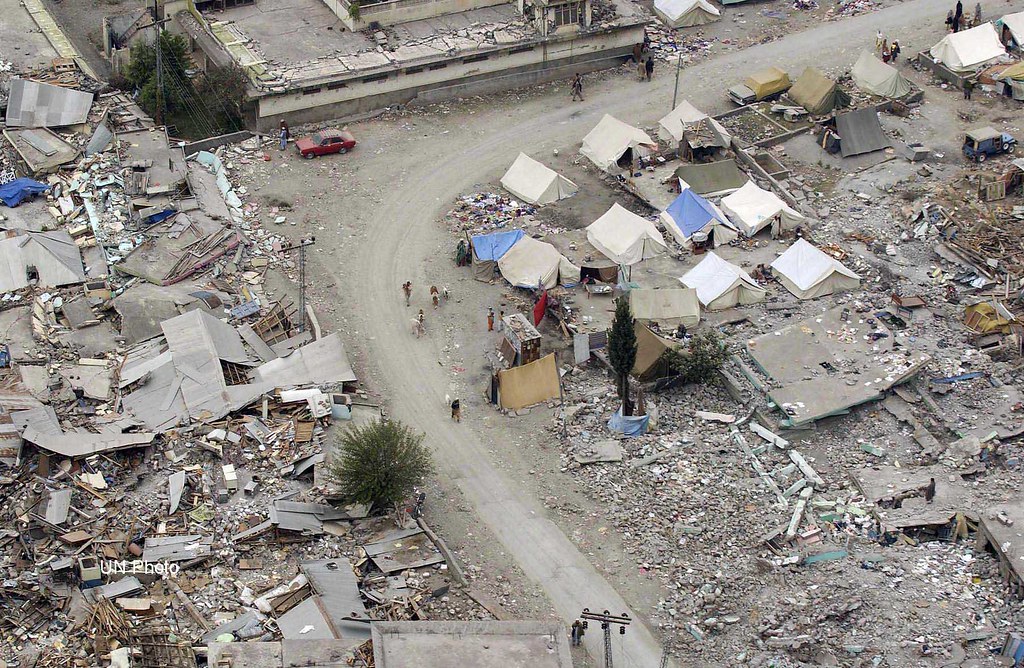
Before 2005, the orthotics and prosthetics profession in Pakistan was limited, both in terms of education and service delivery. With only a handful of healthcare facilities offering O&P services, most practitioners relied on on-the-job training or short-term courses rather than formal academic qualifications. This resulted in inconsistencies in the quality of care provided across the country. In fact, the Pakistan Institute of Prosthetics and Orthotics (PIPOS) in Peshawar was the only institution that awarded a Bachelor’s degree in O&P before 2005. However, this was not enough to meet the country’s growing needs.
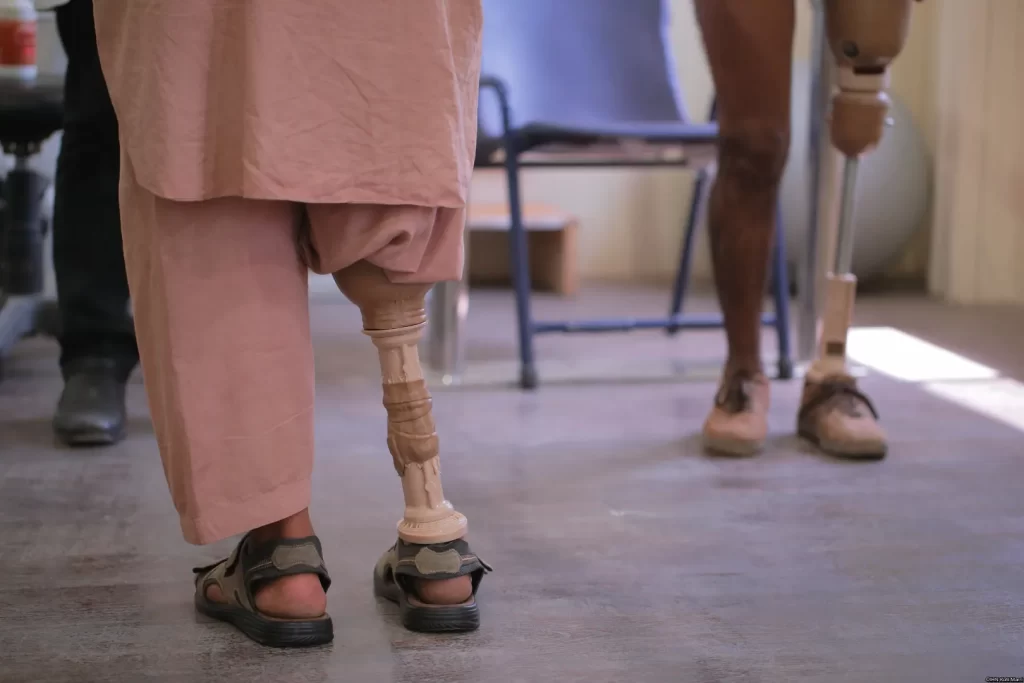
The devastating 2005 earthquake in Northern Pakistan marked a pivotal moment for the field. The disaster left thousands of individuals with amputations, injuries, and disabilities, creating an urgent demand for orthotic and prosthetic services. This tragic event exposed the gaps in the country’s healthcare and rehabilitation infrastructure. The need for professional rehabilitation services skyrocketed, and the lack of trained O&P professionals became apparent.
In response, international organizations like the International Committee of the Red Cross (ICRC), Helping Hands, and WHO, alongside government and local institutions, collaborated to set up rehabilitation centers. These efforts spurred the development of formal educational programs across Pakistan, aimed at producing skilled professionals capable of addressing the growing demand for prosthetic and orthotic care.
Following the earthquake, Pakistan saw a surge in the establishment of dedicated O&P educational programs. Recognizing the importance of structured academic training, medical institutes across the country began offering degrees in orthotics and prosthetics. What was once a field with limited formal education now had multiple institutions providing Bachelor’s, Master’s, MPhil and even Phd programs, designed to equip students with both the theoretical knowledge and hands-on skills necessary for the profession.Institutions are now offering specialized programs in O&P, contributing to a steady supply of qualified professionals to serve the country’s rehabilitation needs.
Despite these advancements, challenges remain. The field is still struggling with issues such as limited awareness among the general public, insufficient funding for research and development, and a shortage of training centers in remote areas. Addressing these challenges will require a more integrated approach, combining government initiatives with support from non-governmental organizations and international partners.
Looking ahead, strengthening the educational infrastructure, standardizing practices across institutions, and increasing public awareness will be critical for the continued growth of orthotics and prosthetics in Pakistan. With a structured education system now in place, the country is better prepared to provide essential rehabilitation services, helping thousands of individuals regain mobility and independence.
- According to WHO, nearly 80% of people with disabilities in developing countries, including Pakistan, do not have access to the assistive devices they need.
- Post-earthquake rehabilitation centers were established in various regions, serving over 15,000 individuals affected by amputations and other injuries related to the disaster.
